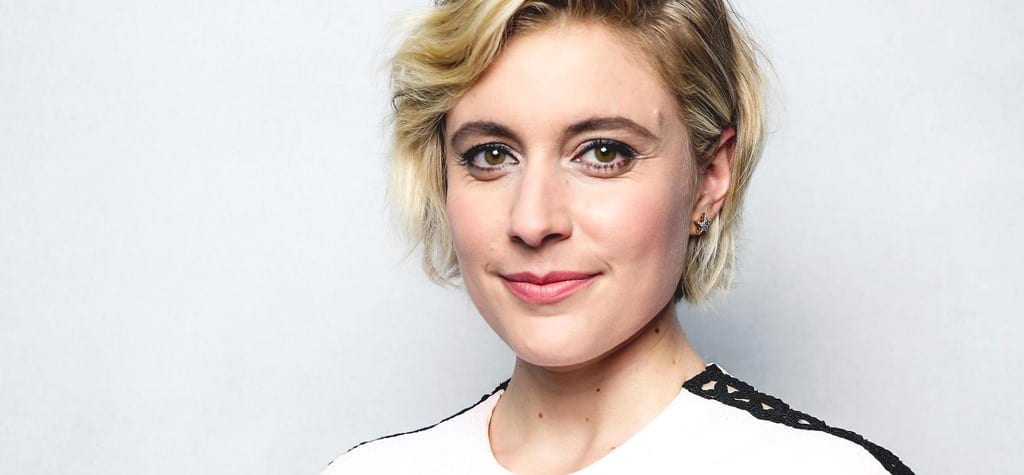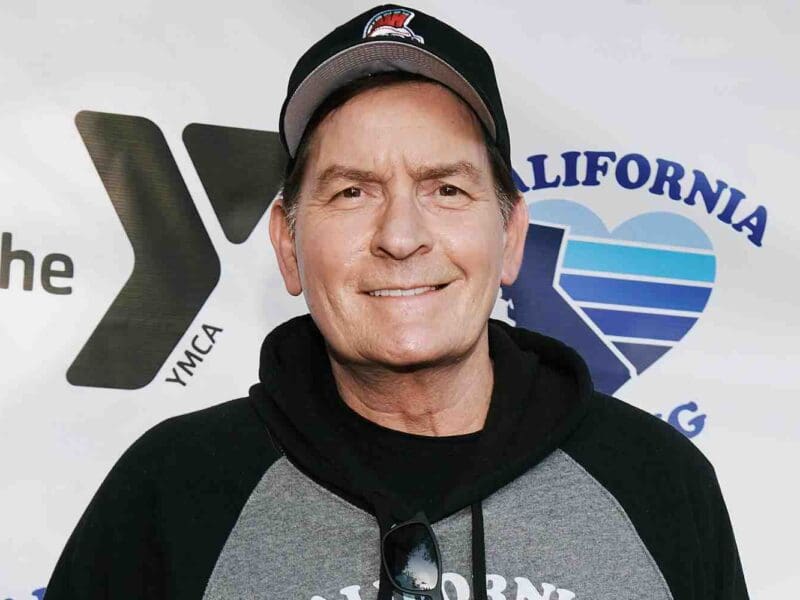
Make like #GretaGerwig: Join the female filmmakers leading from the front
Lady Bird’s Greta Gerwig may have been named Best Director of the Year by the National Society of Film Critics. And Patty Jenkins’s Wonder Woman was one of the top-grossing films of 2017. Meanwhile in the wake of Hollywood’s sexual misconduct scandal, gender equality remains a central theme during the awards and festival season.
However, while the Ms. Hollywoods took over the big screen, behind the scenes a completely different narrative unfolded. A recent study by San Diego State University’s Center for the Study of Women in Television and Film discovered women held just 18% of behind-the-scenes film jobs including directors, writers, producers, executive producers, editors, and cinematographers.

The figures have hardly budged since 1998. Out of the 250 top-grossing domestic films, just 1% employed 10 or more women, while 70% employed 10 or more men. Furthermore, 30% of the titles featured zero or one woman in behind-the-scenes jobs, while none of the films had fewer than one man.
Rather than simply sitting back and despairing at these dismal figures, a series of organizations and initiatives have launched to encourage gender parity both in before and behind the lens.

Seeking to prove actions speak louder than words are the Film Fatales – a community of female feature film & TV directors who meet regularly to share resources, collaborate on projects, and discuss relevant topics in their careers. Currently there are over 500 members in Los Angeles and New York, and hundreds more across Europe, Australia, and Africa.
Film Fatales Founder Leah Meyerhoff thinks the statistics for female filmmakers are too low. “Half of our society is women. Half of the audiences are women. Half of the creative content needs to be made by women. The more that women and people of color can see reflections of themselves on screen, and the more that straight white men can learn to empathize with other subject positions through watching a variety of stories unfold, the healthier our society will be as a whole.”
That’s where Film Fatales comes in. So far the company has programmed over 250 films directed by women at 90 independent theaters and organized over 100 panel discussions, workshops, and networking events in partnership with festivals such as Sundance, SXSW, Tribeca, Toronto, and more. “By expanding the landscape of storytelling to include more underrepresented voices, Film Fatales continues to bring new and exciting films to the big screen.”

Meanwhile, the Alliance of Women Directors offers many programs to benefit its members. Chair of the organization, Jennifer Warren, claims that the non-profit’s primary goal is to achieve parity in the workplace for female directors. “As an organization, we are fighting for change in the hiring practices. One example would be our partnering with the ACLU in identifying discriminatory patterns within the studios.
“In addition, we have outreach to all the film festivals, which provides our members with various perks, including lower entry fees; we have affiliations with many of the professional organizations; we have educational programs and panels with high-visibility directors; and we have different kinds of shadowing programs all aimed at getting our members employment.”
Over in the UK, Women in Media provides networking opportunities and professional development for directors in the film and TV industries. Executive director Tema L. Staig outlined the company’s reason behind the launch of its female-focused IMDB-style list, the so-called WiMCrewList.

“For the longest time, we heard that people just couldn’t find women in the crew. For some reason, even though I knew tons of women, they were invisible to many decision makers. With the WiMCrewList, women can add their IMDB, resume, reels, SoundCloud, mini bio, if they are union / non union, and the rest. Our members can add all their credits, which is necessary when it comes to decision makers vetting new talent.”
The Director List is a hub for finding female directors and their work. As a filmmaker herself, founder and editor Destri Martino sought out the work of seasoned female directors to provide inspiration and guidance for her own projects, but was often disappointed by the low number of women she found.
“While doing research for a masters thesis back in 2005, I realized there were a lot more working directors than mainstream media coverage”. Out of this realization, The Director List was born. Since then, the list of female directors with demonstrable experience in features, TV, and/or large-scale commercials and music videos has jumped to 1,000 members and growing.

In addition to the database, the site provides news, photos, video, and a community focused on the film, TV, and video projects women are actively creating around the world.
Elsewhere, Reel Angels has been breaking boundaries as an agency that represents female technical crews for film, TV, and entertainment events. The company claims to promotes gender equality in technical departments by providing a credible and proven resource of top-end talent.
Lulu Elliott, founder of RA Agency, told Film Daily how the company exists at a time when there has never been a more opportune moment to employ female talent in film and TV. “By representing women, we see ourselves as leaders in the ongoing progress towards full gender parity across the industries.”

These organizations’ efforts haven’t been going unnoticed. Since 2016, Telefilm Canada, the powerful, well-funded film financing arm of the Canadian government, unveiled its ambitious drive to gender equality in the film sector by 2020. It seems the initiative is already having effect, as a 2017 study shows a 27% increase in agency-backed projects directed by women since 2015.
While gender counting in filmmaking crews & casts will undoubtedly remain a hot topic in 2018, it remains to be seen whether a world in which crews maintain 50% representation between genders across the entire industry is actually desirable, or even possible. And what about those who identify as something else entirely? Film Daily recommends the underrepresented feline contingent in entertainment production create a non-profit to promote human-cat parity by 2026.







